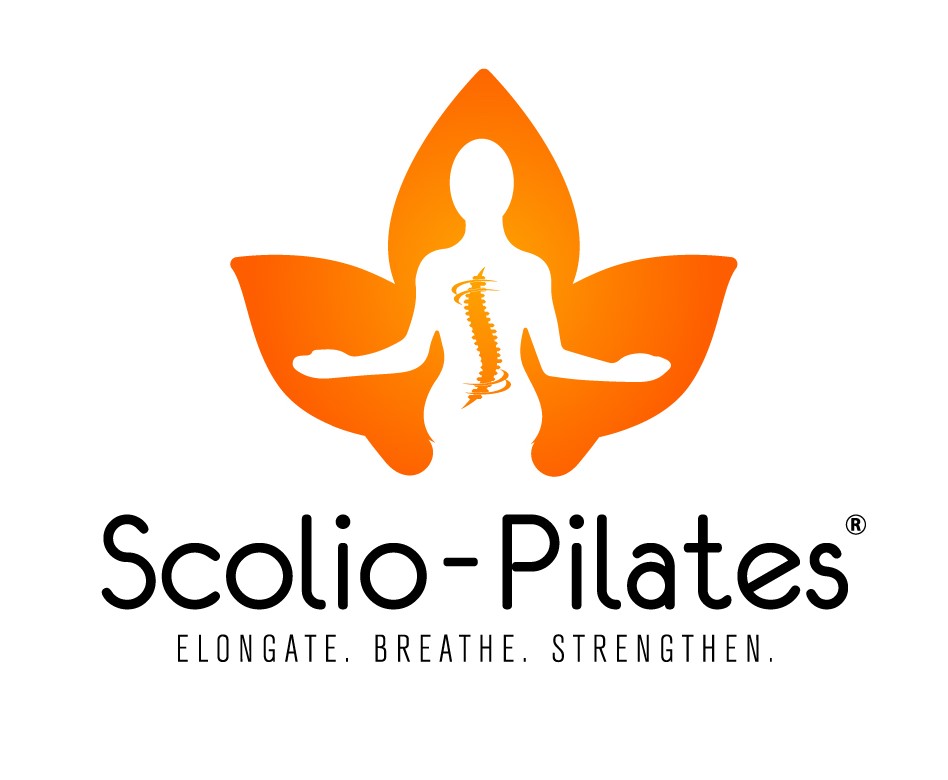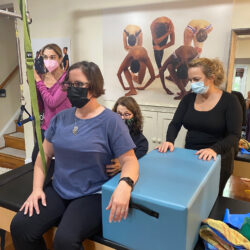When considering scoliosis, often the focus is on children and adolescents, while adults and scoliosis tend to get brushed aside. However, it is not because there is a lack of adults with scoliosis. In fact, in the study by Urrutia et al, “Lumbar scoliosis in postmenopausal women,” found a 12.9% presence of a lumbar scoliosis in women aged 50 and older.
There are 2 forms of scoliosis in adults:
- Adults diagnosed as a child: adolescent idiopathic scoliosis
- Adults diagnosed as an adult: de novo
People with de novo scoliosis are newly diagnosed with scoliosis as an adult and never had it in adolescence. This occurs with aging and the degeneration of lumbar joints and discs. Unlike scoliosis in children and adolescence, the treatment goal is not to reverse the curve. Instead, the goal in treating adult scoliosis is to stabilize the curve, reduce pain, and prevent the curve from getting worse. In an interview with Dr. David Levine (Director of Orthopedic Surgery at the Hospital for Special Surgery in New York City and the National Scoliosis Foundation, he states that in 60% of his patients followed over 20 years, their curves do not progress. In the remaining 40%, 10% show a significant curve progression, while the remaining 30% show a mild progression.
Surgery for adults is recommended for pain reduction. According to the National Scoliosis Foundation, the requirements for consideration of surgery are:
- Curve of 50% or more
- Significant pain
- Pulmonary complications
Dr. David Levine also indicates that being sedentary and overweight are risk factors for curve progression. Therefore, if you are an adult with scoliosis, it is important to first establish a relationship with a medical doctor to be cleared for exercise.
Surgery is not your only option to treat scoliosis! Adults with scoliosis can begin working on stabilizing their curves and reducing their pain with scoliosis specific exercises. Are you ready to start today? Whether you are someone living with scoliosis or a professional helping those with scoliosis, join our Scolio-Pilates On Demand here. You will have two weeks of free scoliosis-specific exercises with a live class every Thursday at 3 pm ET (New York, USA) and access to over 100 classes. It’s time to take control. Be a Scolio-Mover!”
If you want to dive deeper and learn more about your specific postural corrections, you can schedule a one-on-one appointment with one of our certified Scolio-Pilates practitioners here. There is hope, and we can help!
Urrutia J, Diaz-Ledezma C, Espinosa J, Berven SH. Lumbar scoliosis in postmenopausal women: prevalence and relationship with bone density, age, and body mass index. Spine (Phila Pa 1976). 2011;36(9):737-740. doi:10.1097/BRS.0b013e3181db7456
Are you a professional looking to serve those with scoliosis? Learn the steps towards becoming an Authorized Scolio-Pilates Practitioner.



